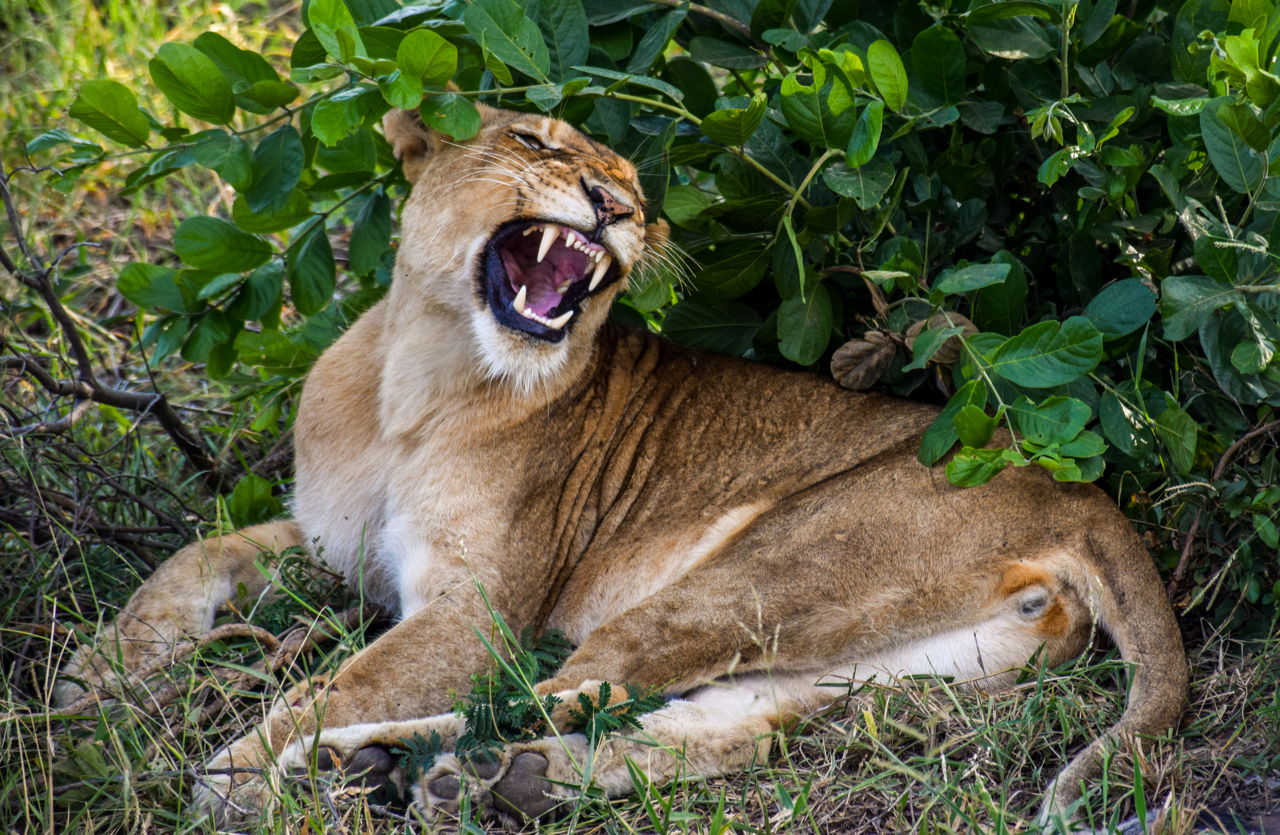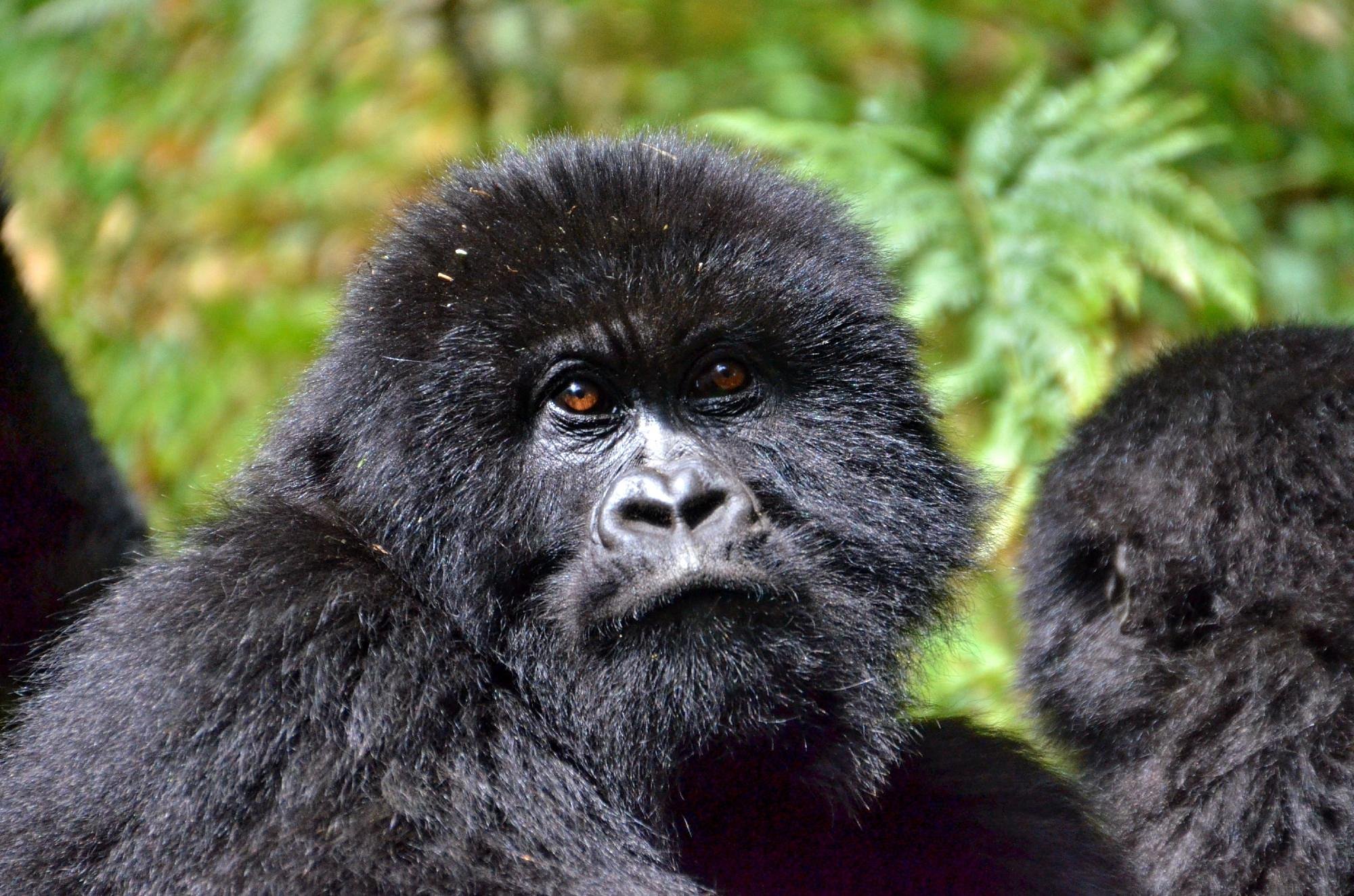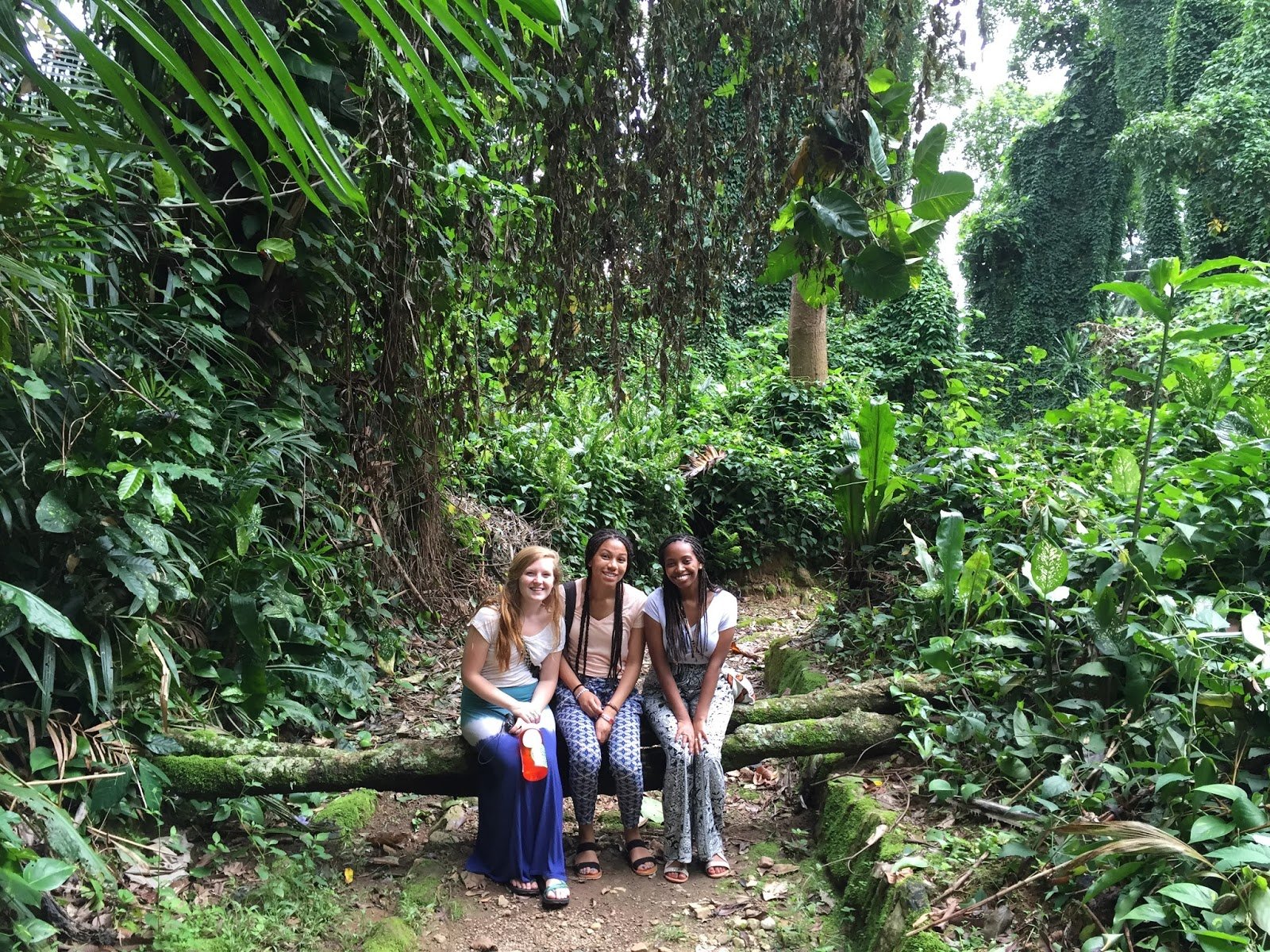
TODDLER GRABBED AND MAULED BY LEOPARD IN UGANDAN NATIONAL PARK
The tourism fraternity was in the Month of April filled with sadness after 11 lions were killed through poisoning and before the dust even settles, calamity strikes again when a leopard killed a toddler within Queen Elizabeth National Park, one of Uganda’s 10 spectacular National Parks.
The leopard is believed to have grabbed the innocent child after wandering from a safety area and the Uganda Wildlife Authority rangers are now hunting for this leopard. The Boy (named Elisa Nabugyere) who was in the care of a nanny was the son of a female ranger-Doreen Ayera working in the famous 1978 square-kilometer Queen Elizabeth National Park and lived within the unfenced staff quarters of Mweya Safari Lodge near the shores 0f Lake Edward.
According to the Uganda Wildlife Authority Spokesperson-Bashir Hangi, the child had followed the nanny outside (at around 9pm) and yet she wasn’t aware she was being followed. It was until she heard the boy scream for help that she realized something was wrong thereby intervening but it was unfortunately too late as the big cat had already disappeared with its prey in the bush. The nanny (unidentified) later notified the Park rangers and a search for the child was mounted but only the skull (of the victim) was recovered the following day.
There is now an intensive hunt in the Park with the intent of capturing this savage and removing it from the wild (probably be moved to the Zoo/or Uganda Wildlife Education Center) because after these animals taste human flesh, there are high temptations to consume another human being hence making it perilous because there are so many people living around the Park but also becomes more risky for tourists. The deceased’s father-Francis Nabugyere, a Police Officer with sadness confirmed to reporters his late son’s remains were brought to him. This regrettable incident was however described by Bashir Hangi as “very unfortunate and shows how the lives of conservationists and their families are always in jeopardy.
Attacks by carnivores always causes anger among the local communities who retaliate by killing the animals as the case where 11 lions including 3 females and 8 cubs were poisoned in Queen Elizabeth National Park after they reportedly killed livestock belonging to some of the livestock. What more can they do after a human being has been killed, especially a toddler? Revenge is therefore expected to prevail unless the locals are sensitized not to take revenge for the sudden death of Elisa Nabugyere.
Several cases of wild animals attacking humans have been recorded in other places since the start of the year, and they include the incidence of a British Safari Park owner (of Marakele Animal Sanctuary in South Africa) who was just a week ago attacked by a giant lion as he showed tourists around the site and fortunately survived. Still in South Africa, an award-winning film maker was head-butted by an inquisitive giraffe as he was shooting close-ups of the towering animal (known as Gerald) within a Safari Lodge while on the 6th March, a 22-year old unnamed female tourist was savaged while visiting the renowned private Wildlife Sanctuary owned by Kevin Richardson-the “lion whisperer” at just a stone throw away from Pretoria, at Dinokeng big 5 Game Reserve.
In India, a man was attacked by a bear and died on the spot after he got too close to the animal when taking a selfie and also, a tourist was swiftly attacked by a leopard while sleeping in her tent within the Kgalagadi Transfrontier Park’s Matopi Campsite in January 2018. Similarly, Gustavo Serrano Carabajal, a caretaker at Nicholas Bravo Zoo in Mexico was on 19th March mauled by a lion and lifeless body left in an enclosure while cleaning the Kimba Lion’s cage and forgot to carefully lock the Gate.
As the family and friends still mourn the death of Elisa Nabugyere, there are fears of the same calamity happening again within the Parks. Sprawled within the western side of Uganda, Queen Elizabeth is one of the country’s most beautiful and explored Protected Areas with high numbers of tourists on Uganda safaris flocking the destination to see the big cats-especially lions and leopards that roam around the Mweya Peninsula (besides Lake Edward) in addition to other outstanding wildlife species such as elephants, Nile crocodiles, buffaloes, Hippos Uganda kobs, Topis, waterbucks, elands and even man’s closest relatives, the chimpanzees.
This Park together with the remote Kidepo Valley National Park in north-eastern Uganda boast of the highest population of predators including Hyenas, lions, leopards and cheetahs (only in Kidepo). Even with the existence of these dangerous animals and the threat they pose, some Uganda Wildlife Authority staff, particularly the game rangers live within the National Parks because of the need to safeguard these endangered wild animals from ruthless poachers and encroachment by the surrounding communities on their natural habitats.
Conclusively, while wild animals call the National Parks their homes, there are people especially Park rangers who live within such places or surrounding areas (local communities) which sometimes lead to human-wildlife conflicts, with the current victim being a toddler of 3 years who was mauled and eaten by a leopard within Uganda’s Queen Elizabeth National Park. This not only leads to anger and revenge by locals towards the animals but also puts the lives of conservationists in danger. Therefore several measures have to be taken to ensure the co-existence of animals and humans around Conservation Areas.



